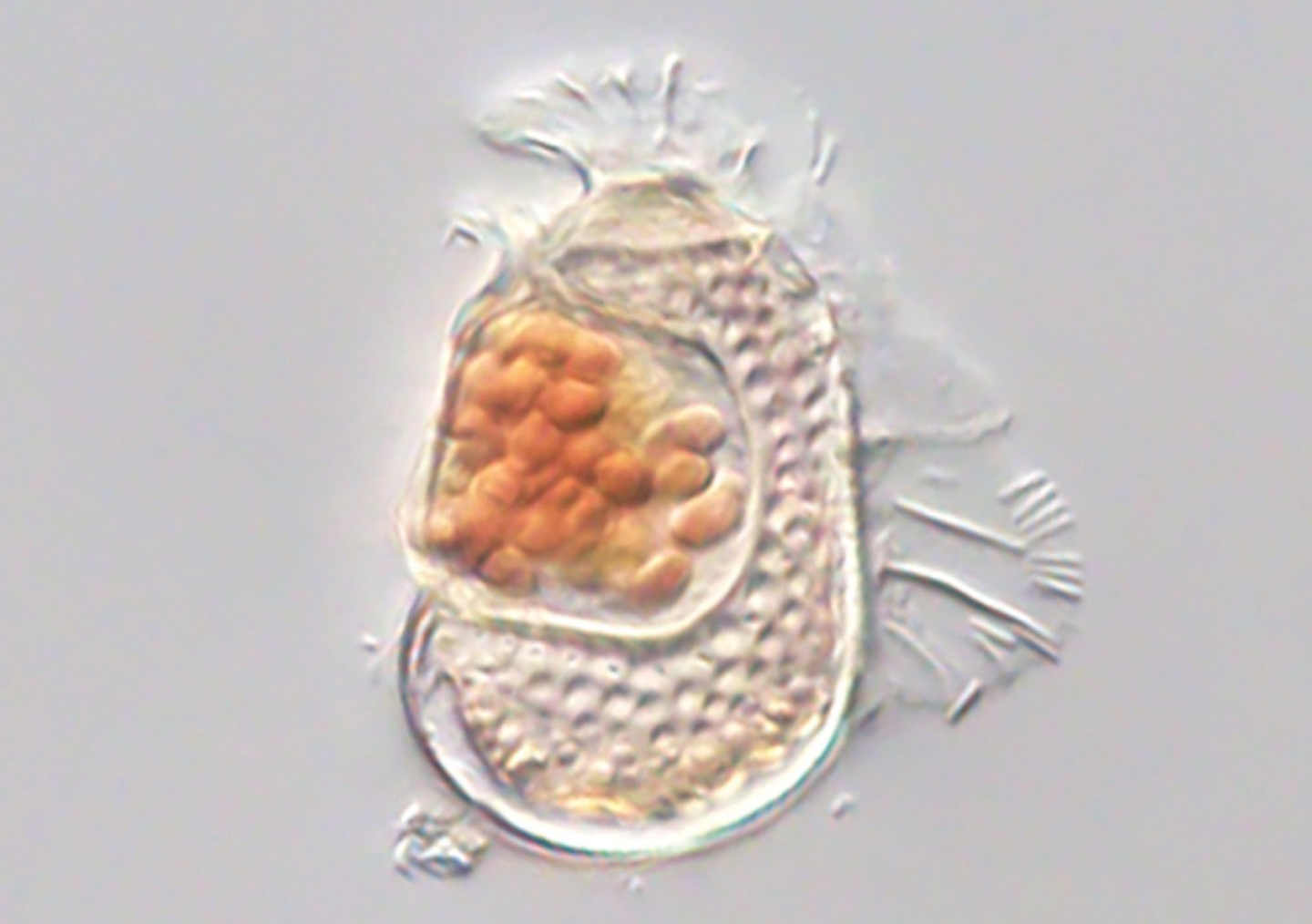SpaceX brings NASA astronauts home safe in milestone mission
America’s first crewed spaceship to fly to the International Space Station in nearly a decade returned safely to Earth on Sunday, splashing

[Aug. 2, 2020: AFP]
America's first crewed spaceship to fly to the International Space Station in nearly a decade returned safely to Earth on Sunday, splashing down in the Gulf of Mexico.
The successful mission, carried out jointly by SpaceX and NASA, demonstrated that the United States once again has the capacity to send its astronauts to space and bring them back.
SpaceX Crew Dragon Endeavour's four main parachutes gently floated down to the water after the vessel landed off the coast of Pensacola at 2:48 pm (1848 GMT).
It was the first water landing for a crewed US spaceship since the 1975 Apollo-Soyuz mission.
Pilot Doug Hurley, one of two astronauts on board along with commander Bob Behnken, said: "It's truly our honor and privilege."
"On behalf of the NASA and SpaceX teams, welcome back to planet Earth and thanks for flying SpaceX," replied SpaceX's Mike Heiman, to laughter in the control room.
A number of civilian boats swarmed the landing zone as a recovery ship sped to the scorched capsule and brought it aboard.
The hatch opening was briefly delayed as a team worked to stop a leak of rocket fuel vapor.





Around an hour after splashdown, the astronauts exited the capsule and now await a helicopter ride to shore, followed by a plane trip to Houston where they will re-unite with their families.
Like these kind of stories? Get The Brighter Side of News' newsletter.
Space autonomy
President Donald Trump -- who had travelled to Florida for the capsule's launch two months ago -- hailed its safe return.
"Thank you to all!" he tweeted. "Great to have NASA Astronauts return to Earth after very successful two month mission."
The United States has had to rely on Russia for rides to space since the last Space Shuttle flew in 2011.
Tropical Storm Isaias, which had scuppered Endeavour's original landing site in the Atlantic, was nearing Florida's east coast Sunday, hundreds of miles away.
The mission is also a major win for Elon Musk's SpaceX, which was founded in only 2002 but has leap-frogged its way past Boeing, its main competitor in the commercial space race.
The US has paid the two companies a total of about $7 billion for their "space taxi" contracts, though aerospace giant Boeing's efforts have badly floundered.
Atmospheric re-entry
The Crew Dragon capsule performed several precise procedures in order to return home safely.
First, it jettisoned its "trunk" that contains its power, heat and other systems, which burned up in the atmosphere.
Endeavour then fired its thrusters to maneuver itself into the proper orbit and trajectory for splashdown.
As it re-entered the atmosphere at a speed of around 17,500 mph (28,000 kph), it experienced temperatures of 3,500 degrees Fahrenheit (1900 degrees Celsius).
This caused a brief but expected communications blackout.
Endeavour then deployed two sets of parachutes on its descent, bringing its speed down to a mere 15 mph (24 kph) as it hit the ocean.
Astro dads
The SpaceX Crew Dragon spacecraft set off from the ISS Saturday evening.
Footage showed the capsule drifting slowly away from the orbital laboratory in the darkness of space.
During a farewell ceremony on the station, Behnken said that "the hardest part was getting us launched. But the most important part is bringing us home."
Addressing his son and Hurley's son, he held up a toy dinosaur that the children chose to send on the mission and said: "Tremor The Apatosaurus is headed home soon and he'll be with your dads."
Behnken and Hurley's return marks only the beginning for the Crew Dragon as SpaceX and NASA look ahead to future missions.
Endeavor will be brought back to the SpaceX Dragon Lair in Florida where it will undergo a six-weeks-long inspection process, as teams pore over its data and performance in order to certify the vessel as worthy of future low-Earth orbit missions.
The next mission -- dubbed "Crew-1" -- will involve a four member team: commander Michael Hopkins, pilot Victor Glover, and mission specialist Shannon Walker of NASA, along with Japan Aerospace Exploration Agency mission specialist Soichi Noguchi.
Take-off is set for late September and the crew are due to spend six months on the space station.... Read More
Joseph Shavit
Head Science News Writer | Communicating Innovation & Discovery
Based in Los Angeles, Joseph Shavit is an accomplished science journalist, head science news writer and co-founder at The Brighter Side of News, where he translates cutting-edge discoveries into compelling stories for a broad audience. With a strong background spanning science, business, product management, media leadership, and entrepreneurship, Joseph brings a unique perspective to science communication. His expertise allows him to uncover the intersection of technological advancements and market potential, shedding light on how groundbreaking research evolves into transformative products and industries.



